Nectarine cultivation methods and precautions
Last Update :2024.05.07
Article Catalog
Soil: Nectarines need to grow in soil with thick soil and rich in organic matter; Watering: If the rain is good, there is no need to water, but if there is drought weather, watering should be done once a week; Fertilization: In addition to base fertilizer, top dressing is also required two to three times during the growth period; light: Different varieties have different needs for sunlight. Low-temperature and early-maturing varieties only need four or five hours of light per day.
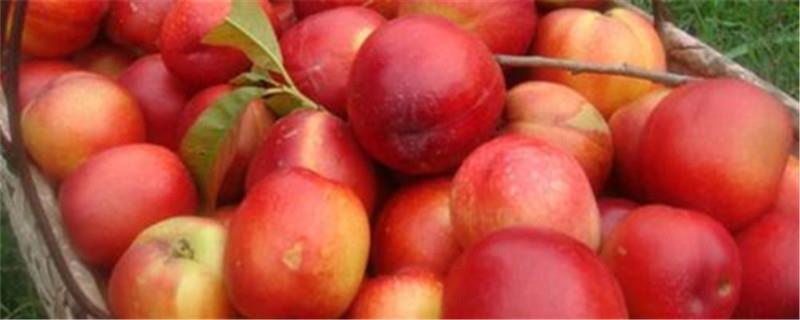
1. Maintenance methods
1. Maintenance method
1. Soil: If it is potted nectarine indoors, you need to use soil with good air permeability. The flower pot should be a mud pot made of clay, and then cover it around the outside. For a porcelain pot, the soil can be two parts garden soil and two parts decomposed farmyard manure. For plants grown in the open field, the land must be prepared when building a garden. First, the soil must be turned over to a depth of about 25 cm, and then the soil must be exposed to the sun for three days to disinfect. It should be noted that when preparing the land, you can put base fertilizer together. Into the soil.
2. Watering: Plants maintained in the open field generally do not need watering unless it is a hot and dry weather. Watering in dry weather is also done once a week. Household potted plants need to be watered every other day, especially during the growing period. During the non-growing period, they only need to be watered once or twice a week. During winter, water needs to be controlled.
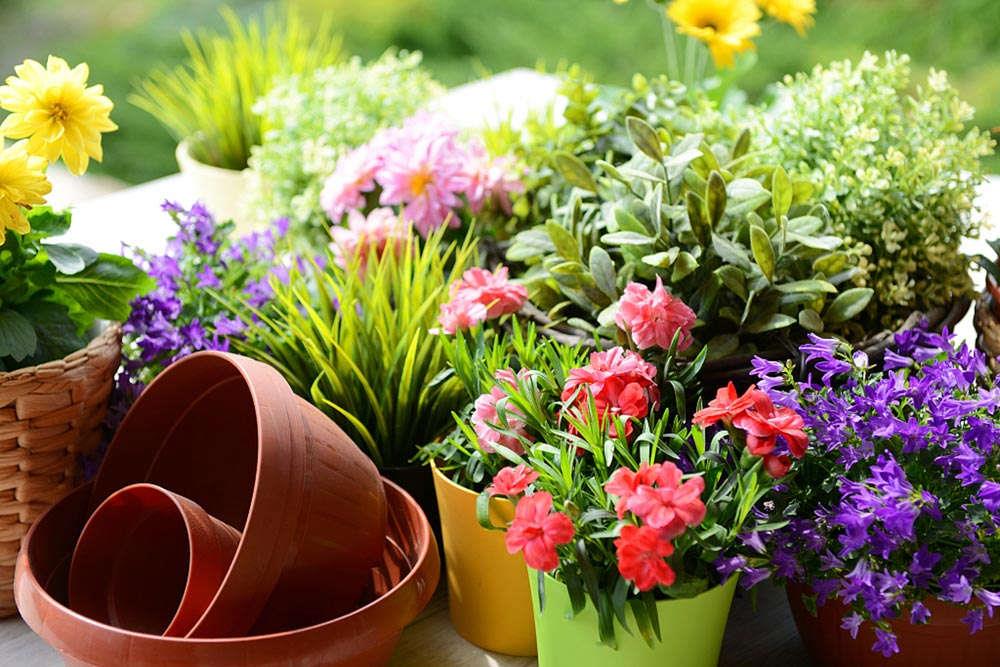
3. Fertilization: During the growth period, it will Nutrient requirements are relatively large. When young trees are young, they need to use fertilizers that are mainly nitrogen fertilizers and supplemented by potassium fertilizers. After entering the fruiting period, they need to use compound fertilizers, because the nutrients of compound fertilizers are relatively comprehensive and can meet the needs of the plant in all aspects.
4. Lighting: The sunshine in the south is relatively strong, so you should choose varieties that are easy to mature early. The lighting should be maintained at four or five hours a day, otherwise sunburn will easily occur.
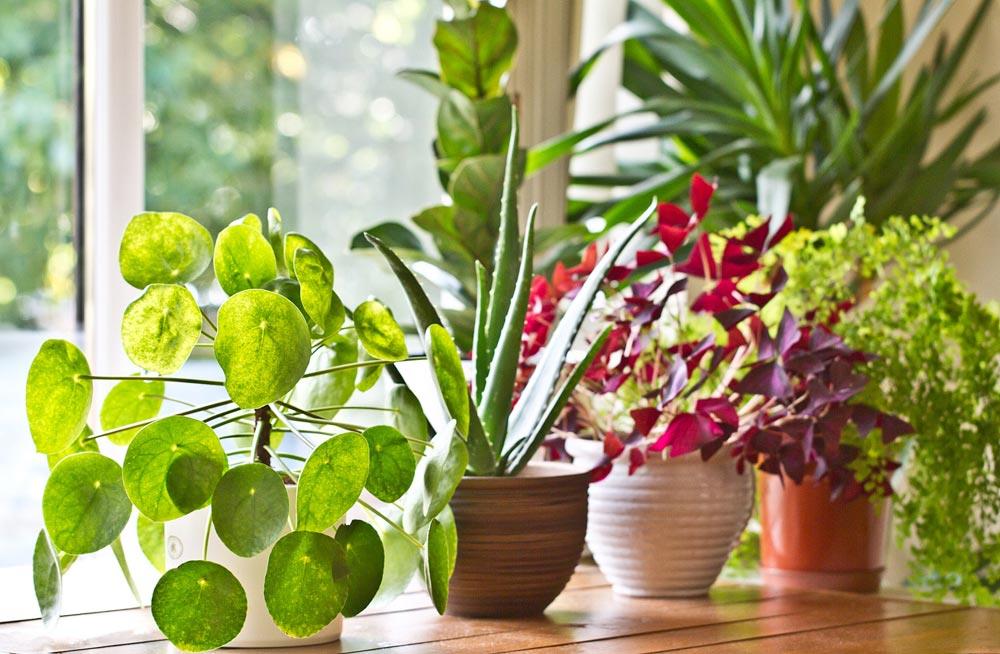
2. Breeding skills
1 , Potting: Home-cultured nectarines need to be potted, usually between the Spring Equinox and Qingming Festival. After plugging the eyes of the pot with tiles, fill one-third of the pot with soil and compact it, and then put it in the pot. Trim the roots of the plants that need to be planted and put them directly into the pot. After spreading the root strips, cover them with soil and compact them, then water them thoroughly once.
2. Pruning: It needs to be pruned regularly, especially during the growth period. Young branches need to be topping to promote the growth of short branches. In the second spring, some extension branches should be topping to ensure light transmission and ventilation.
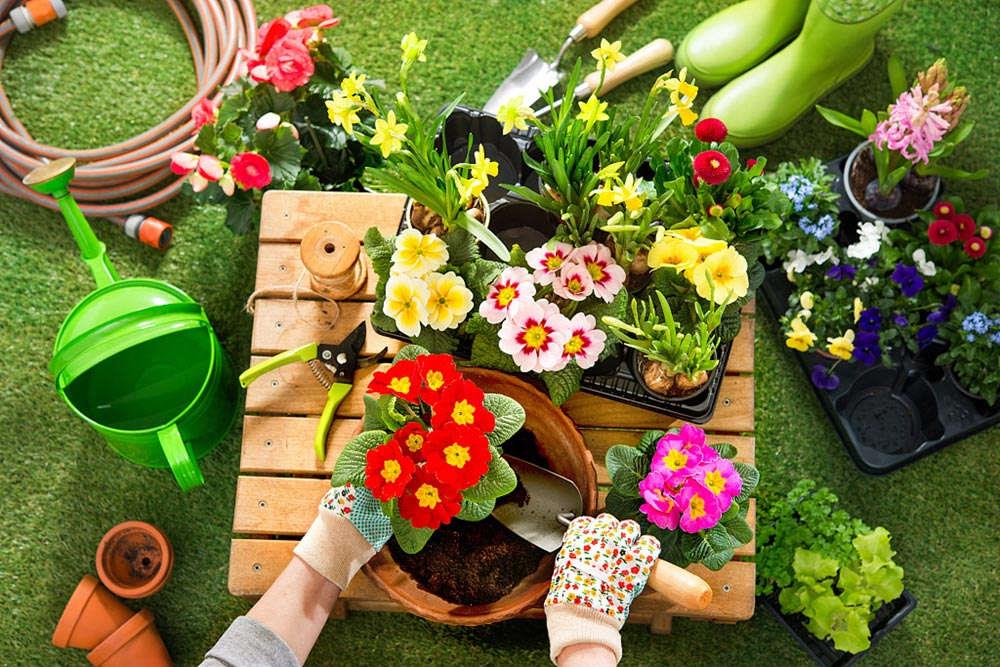
3. Problem diagnosis
1 , Pests: The main pests that harm spiders are heart-eating insects. You need to use quicklime and sulfur powder, add water to boil it to make calcium sulfide, and then spray the tree to kill insects.
2. Diseases: The diseases that harm nectarines mainly include leaf shrinkage and gummosis. It is necessary to dilute the lime sulfur mixture and then spray the plants to control it.
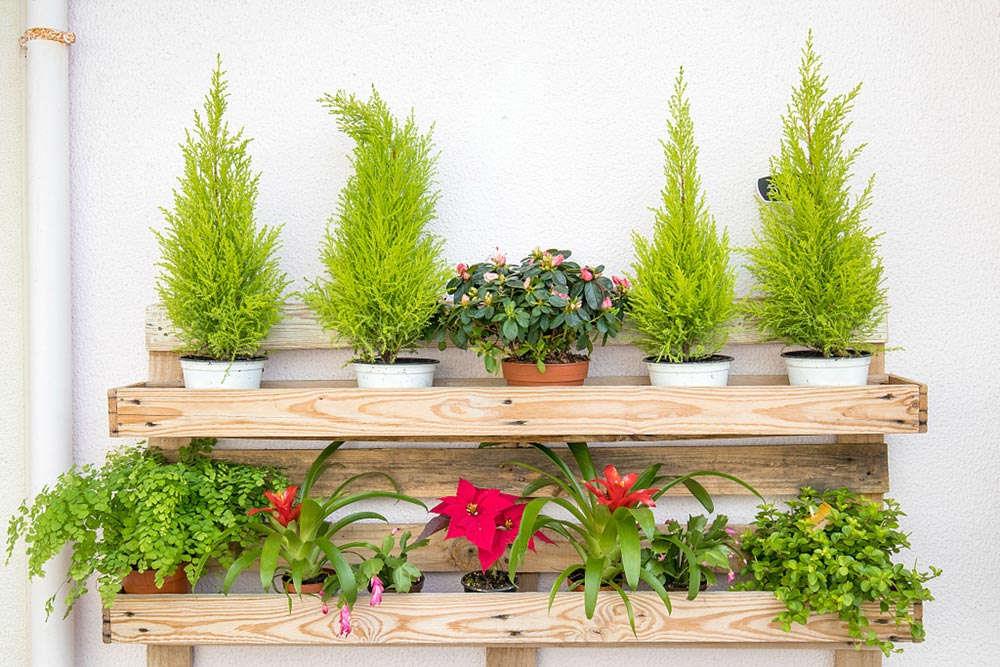
IV. Other questions
1 , Edible: It is edible.
2. Toxicity: non-toxic, the core can be used as medicine.
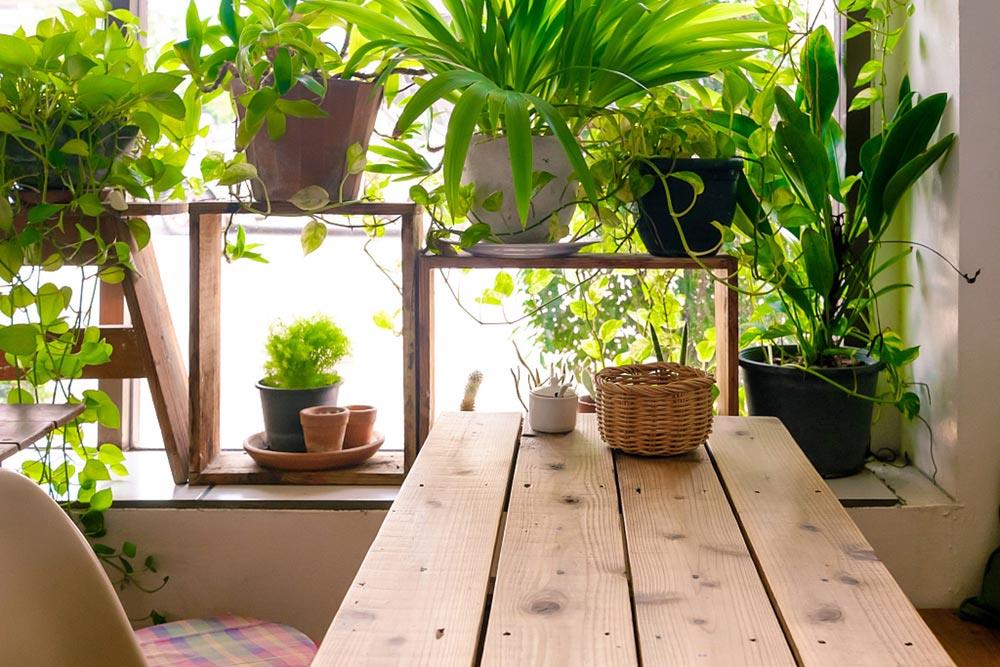
2. Breeding skills
3. Problem diagnosis
4. Other issues
- END -
What kind of flower is Edelweiss and what are its functions?

Edelweiss is a German mountain flower, also called alpine edelweiss. It is a peren...
Heding orchid cultivation methods and precautions
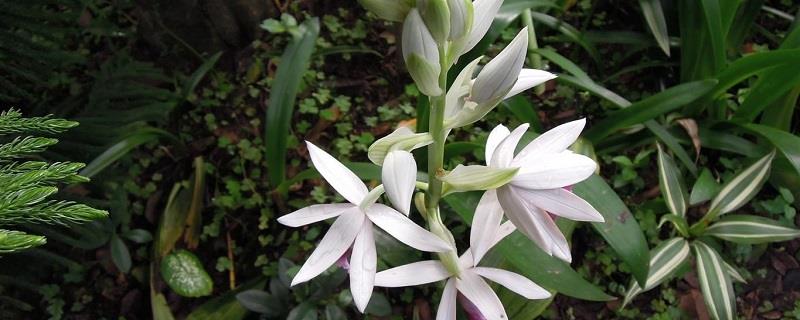
Temperature: Heding orchid likes warmth and is more suitable for growing in an env...